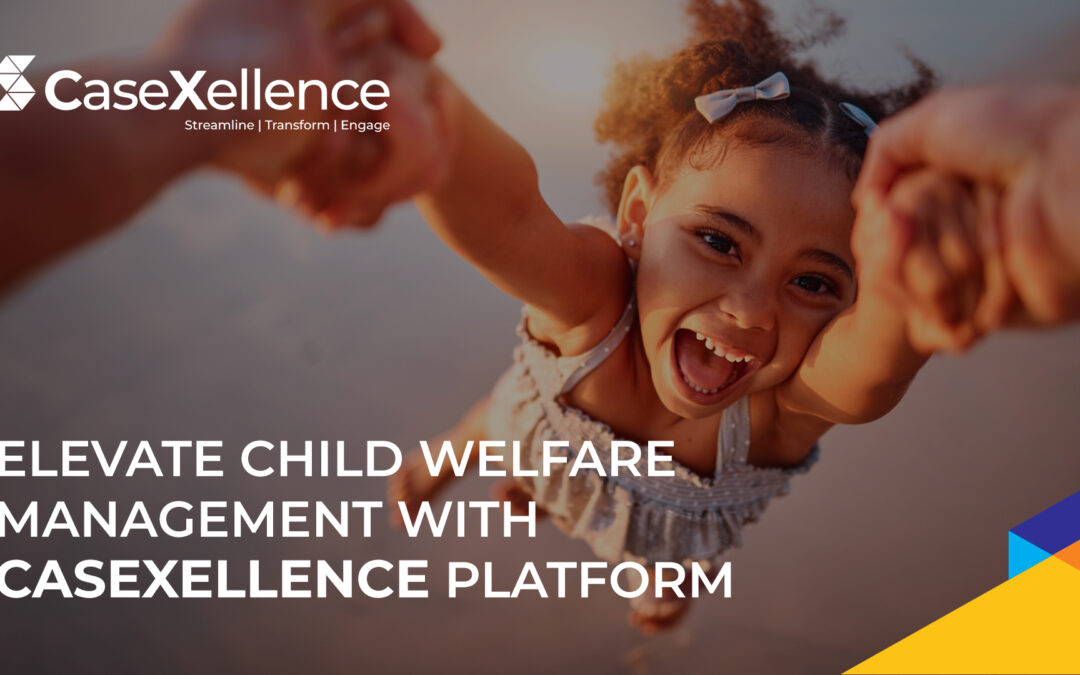Child welfare platforms around the globe face numerous challenges in their quest to ensure the safety, well-being, and prosperity of children. From overloaded case workers to outdated data management systems, the hurdles are substantial. According to a recent survey published by researchers at Child Trends, a leading research organization in the U.S. focused on improving the lives of children and youth, State child-welfare agencies spent about $31.4 billion on child-welfare purposes during state FY2020.
During FY2021, public child protection agencies in the United States, screened allegations of abuse or neglect involving 7.2 million children, and carried out investigations or other protective services responses involving 3.0 million of those children. Follow-up services were provided in the homes of some 900,000 children. Some children are removed from their homes following an investigation; roughly 207,000 children formally entered foster care during FY2021. Neglect and/or parental drug abuse are the circumstances most often associated with foster care entry. Among the 391,000 children in foster care on the last day of FY2021, most (83%) lived with families (nonrelative or relative foster family homes and pre-adoptive homes), 9% lived in a congregate setting, 7% were on trial home visits or in supervised independent living, and 1% had run away. Of the 215,000 children who formally left foster care during FY2021, the largest share returned to their parents or went to live informally with a relative (53%), while 37% left care for a new permanent family via adoption or legal guardianship. At the same time, 9% aged out of care, while most of the remainder (1%) were transferred to the care of another agency. Keeping a track of all these cases to ensure the right care is delivered to these vulnerable citizens lies on the shoulders of public child welfare agencies at the state and local levels. They work with an array of private and public entities—including the courts and social service, health, mental health, education, and law enforcement agencies—to carry out child welfare activities. To ensure the smooth process and that they receive timely assistance is the most important yet tedious task. However, with the advent of case management platforms like CaseXellence, a state-of-the-art case management solutions, there’s a new horizon in child welfare and support enforcement.
Table of Contents
Pioneering Child Welfare Management with CaseXellence
CaseXellence is not just another case management tool; it’s a revolution in child welfare and support enforcement. This platform, tailored specifically for the public sector, is designed to rejuvenate legacy systems while infusing them with unparalleled security, transparency, and efficiency. This transformation is not just about technological advancement; it’s about changing lives and futures.
Revolutionizing Case Management
One of the core strengths of CaseXellence is its ability to streamline complex processes. In child support enforcement, this means automating tasks, simplifying data entry, and reducing the administrative burden on case workers. This automation allows them to focus on what they do best – securing the welfare of children.
Furthermore, CaseXellence’s sophisticated analytics tools offer deep insights into cases, enabling workers to make informed decisions quickly. These insights also help in identifying trends and patterns, crucial for proactive welfare strategies.
Enhanced Security for Sensitive Data
In the realm of child welfare, the security of sensitive data is paramount. CaseXellence addresses this through its robust security framework, ensuring that all data – from personal information to case notes – is protected against unauthorized access and cyber threats. This high level of security builds trust among stakeholders and ensures compliance with legal and ethical standards.
Transparency and Accountability
Transparency is a cornerstone of effective child welfare systems. CaseXellence promotes this through real-time tracking of cases and straightforward reporting tools. This transparency not only enhances the accountability of case workers but also allows for better coordination with other agencies and stakeholders, including families and legal entities.
Empowering Case Workers and Families
The platform empowers case workers by providing them with the tools and information they need to make a real difference. But its impact goes beyond the professionals. By facilitating better communication channels, CaseXellence ensures that families are kept in the loop, fostering a collaborative approach to child welfare.
In Conclusion
The CaseXellence Child Welfare and Support Enforcement platform represents a significant leap forward in managing child welfare cases. By offering a blend of streamlined processes, enhanced security, and predictive analytics, it not only improves the efficiency of case workers but also significantly enhances the prospects for children in need. It’s a shining example of how technology can be harnessed for the greater good, ensuring that every child gets the opportunity to thrive in a safe and supportive environment.
Related Blogs




